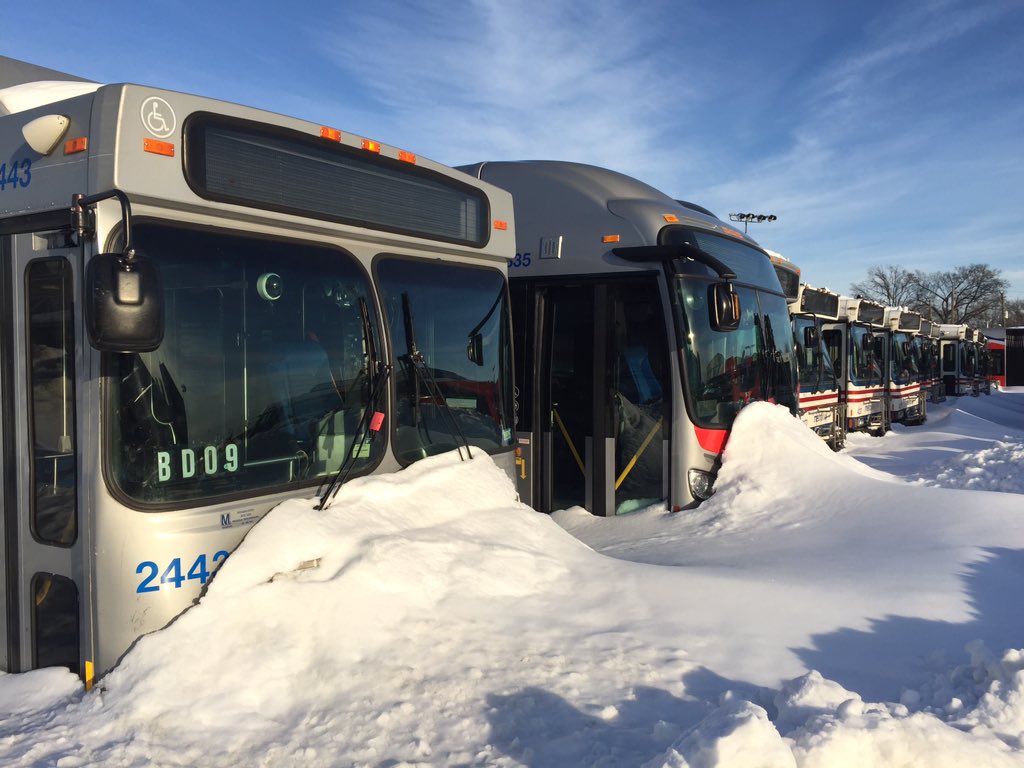WASHINGTON — The D.C. region was among the hardest hit areas after a massive weekend blizzard dropped record levels of snow along the East Coast.
How did airports manage? What can travelers expect this week? Kris Van Cleave, CBS News correspondent, had a few answers for WTOP.
How airports braced for weather problems, canceled flights
Typically airlines have the bulk of their planes in service and might add flights if they have aircraft available. Airports didn’t expect to be fully operational Monday morning because airlines pulled their planes in anticipation of the storm hitting Friday.
“You can’t run your first-of-the-day flights if there are no airplanes,” Van Cleave said.
All those pulled planes lead to canceled flights. And canceled means canceled.
“[The flights] go away never to return again,” Van Cleave said. “Passengers are put on other existing flights filling up open seats.”
There were 127 cancellations and three delays reported at Washington Dulles International Airport — the third worst affected airport in the nation. Van Cleave said many cancellations at Dulles were express flights, smaller carriers that do business with bigger airlines.
Ronald Reagan Washington National Airport had 115 cancellations; Baltimore-Washington International Thurgood Marshall Airport had 74 cancellations and four delays.
The extent to which an airline was able to provide flights is complex. Where airlines put their planes for the storm affects how long it takes to get them back in place, for example.
“Some of it is luck of the draw, some of it is planning,” Van Cleave said.
Keeping flights also is tied to the location of an airline’s base operations. Suppose you’re American Airlines and your hub is Reagan, Van Cleave said. If Reagan happens to be in better shape than Dulles, you’re able to operate more flights out of Reagan, he says.
Where flights are getting out
On Monday, airlines focused on operating as much of the day’s scheduled flights as possible, Van Cleave said. As far as prioritizing which flights go out first, preference generally proffered to larger aircraft over regional aircraft.
BWI was able to get some flights operating on Sunday. Dulles and Reagan had at least one runway open for service starting early Monday morning. As of 8 a.m. Monday, 40 percent of flights out of Dulles had been canceled; Reagan was looking at 20 percent cancellations.
Airlines expect that incoming flights will loosen the gridlock, enabling flights to depart from Dulles and Reagan.
“The hope being that the airlines can be more or less back to something resembling normal service by the end of the day,” Van Cleave said.
Some people who were supposed to fly on Saturday or Sunday were rebooked on Tuesday, but the time frame depends on the final destination, availability and whether travelers mind connections, Van Cleave said.
What to expect if you’re flying
If you’re flying out of a local airport this week, expect to arrive with lots of patience.
“As the airports get back up and running, there’ll be more people than typical at the airports because the flights will be very full. You may run into some long lines,” Van Cleave said.
Also, there may be fewer people there to help — workers may still be snowed in. Van Cleave said some airline employees were staged at hotels near the airports in order to have enough personnel to cover the start of the day.
“The hope was that as conditions improve, they can get more people in,” Van Cleave said.
Airlines hope to be operating close to 100 percent service by Tuesday morning, though it could take until the end of the week to address the 12,000 to 13,000 flight cancellations since Friday, Van Cleave said.





